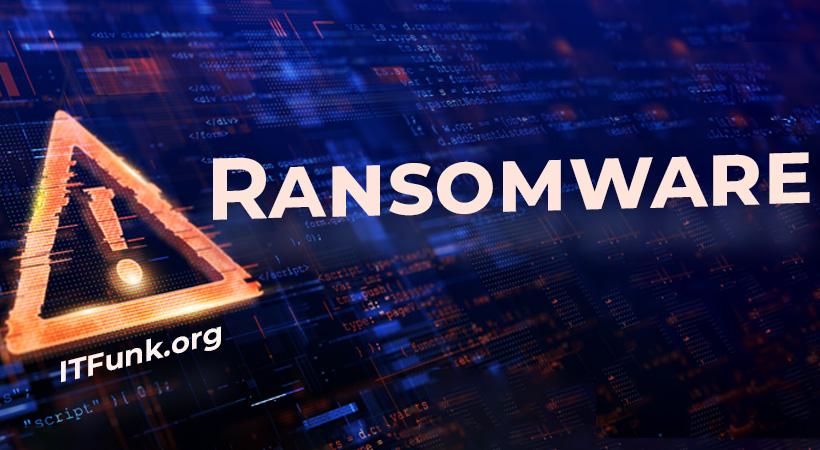In the realm of cybersecurity, the emergence of ransomware continues to pose a significant threat, disrupting digital landscapes and causing substantial financial and emotional distress. Among these malicious entities lurks the ChocVM virus, a formidable ransomware variant that belongs to the notorious Makop family. This insidious malware encrypts files, rendering them inaccessible, and demands a ransom for their release.
Understanding ChocVM Ransomware
ChocVM infiltrates systems through various channels, leveraging infected email attachments containing malicious macros, deceptive torrent websites, and misleading ads as its primary distribution methods. Once inside a system, it initiates a sophisticated encryption process, appending the “.chocolate” extension to all encrypted files, effectively locking them and preventing user access.
Consequences and Symptoms
The impact of ChocVM is devastating: previously functional files become inaccessible, displaying a modified extension such as “my.docx.chocolate.” Alongside this, a ransom note, often named “+README-WARNING+.txt,” confronts users, outlining demands for ransom payment, typically in cryptocurrencies like Bitcoin. Failure to comply often leads to permanent loss of access to encrypted files.
Detection Names and Similar Threats
Cybersecurity platforms employ distinct detection names to identify ChocVM, such as Avast’s “Win32:Evo-gen [Trj],” Combo Cleaner’s “Gen:Variant.Ransom.Makop.149,” Kaspersky’s “HEUR:Trojan-Ransom.Win32.Generic,” and ESET-NOD32’s “A Variant Of Win32/Filecoder.Phobos.E.” Similar threats within the Makop family exhibit comparable behavior, encrypting files and extorting ransom for decryption keys.
Comprehensive Removal Guide for ChocVM Ransomware
Removing ChocVM manually necessitates caution and technical expertise:
- Isolate Infected Systems: Disconnect the infected device from networks or external drives to prevent further spread.
- Boot in Safe Mode: Reboot the system in Safe Mode to limit the malware’s activity.
- Identify Malicious Processes: Use Task Manager to terminate suspicious processes linked to the ransomware.
- Delete Registry Entries: Access the Registry Editor (regedit) and remove ransomware-related entries cautiously.
- Eliminate Malicious Files: Locate and delete all files associated with ChocVM ransomware meticulously.
Preventative Measures for Future Protection
- Regular Backups: Maintain updated backups of critical data on external devices or secure cloud storage to mitigate ransomware impacts.
- Exercise Email Caution: Avoid opening attachments from unknown sources or enabling macros in suspicious emails.
- Keep Software Updated: Regularly update software, applications, and operating systems to patch vulnerabilities.
- Robust Security Measures: Employ strong antivirus/antimalware software and firewalls to detect and block potential threats.
- User Education: Educate yourself and others about ransomware threats and the significance of cybersecurity practices.
Conclusion
ChocVM ransomware epitomizes the evolving landscape of cyber threats, underscoring the critical need for proactive cybersecurity measures. Understanding its operations, implementing preventative strategies, and knowing removal protocols are pivotal in safeguarding against its destructive effects. Continuous vigilance, regular backups, and informed user behavior are key elements in combatting ransomware threats and securing digital assets from such pernicious attacks.





